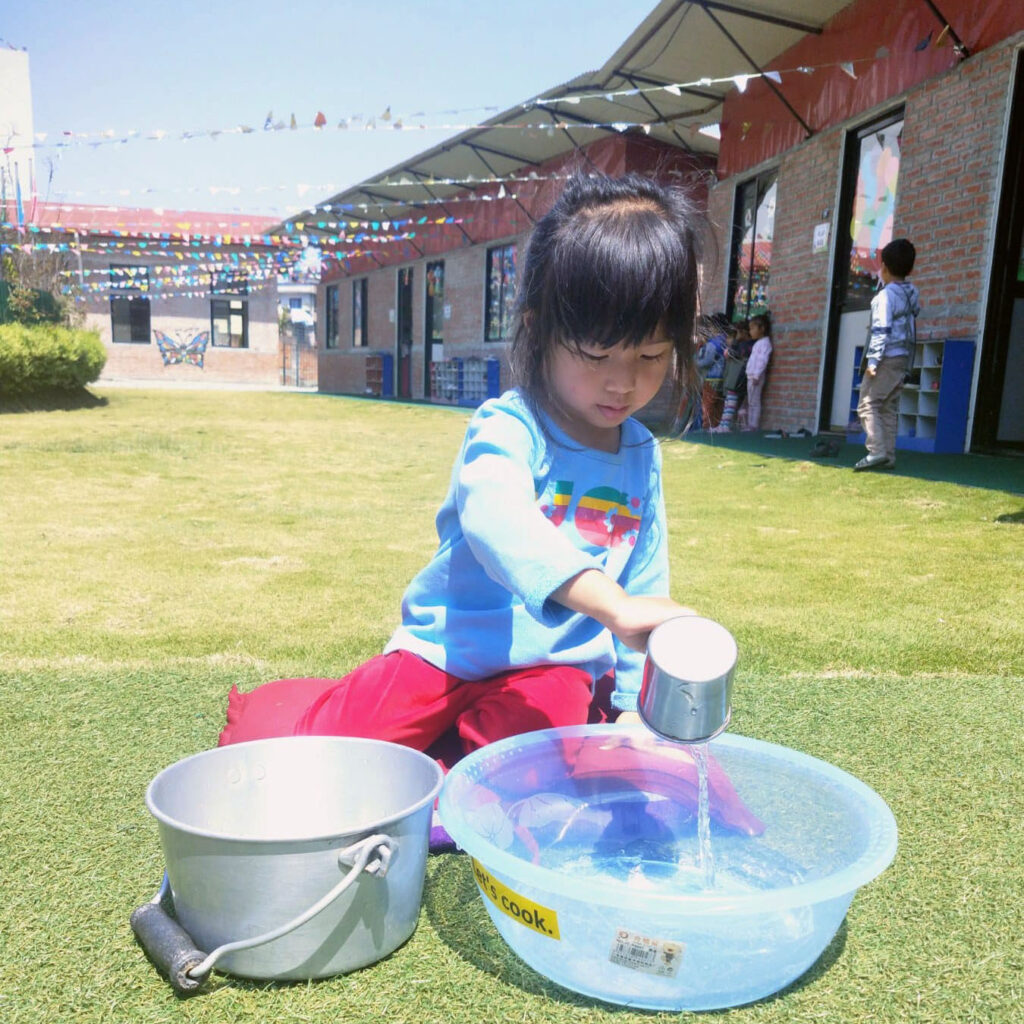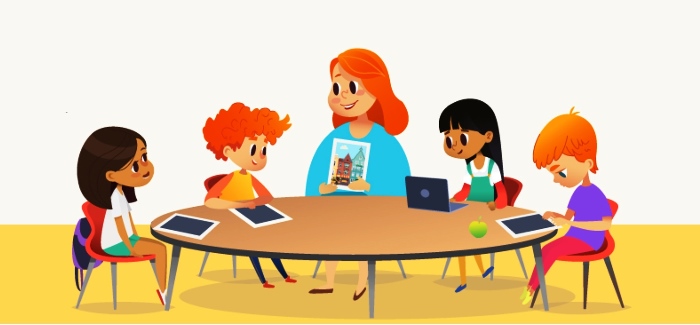Progressive Education

Progressive education is a response to traditional methods of teaching. It is defined as an educational movement which gives more value to experience than formal learning. It is based more on experiential learning that concentrate on the development of a child’s talents.
At the heart of progressive education is the process of learning by doing. This concept, known as experiential learning, allows students to learn by actively engaging in activities and hands-on projects.
After all, the workplace is a collaborative environment that requires teamwork, critical thinking, creativity, and the ability to work independently.
Progressive learning encourages students to reflect on their learning, follow their own questions, and engage in collaboration with peers and teachers, thus building their investigating, problem-solving, and communication skills.
Key Features of Progressive Education

- Experimental learning (focusing on learning by doing): This includes working on hands-on projects thereby paving the way for experiential learning, aka learning by experience
- Interdisciplinary learning (Integrated Curriculum): This is a curriculum that covers a broad spectrum of themes.
- Problem solving and critical thinking: They are the cornerstones of progressive education; the whole idea is to have students take on problems and solve them thus helping them hone their critical thinking. Students practice risk taking and teachers help them learn how to bounce back and learn from mistakes.
- Collaborative and cooperative learning: Encouraging students to team up and work in groups, giving them a sense of belonging and developing their social skills even as they engage with each other in collaborative and cooperative learning projects.
- Relying on understanding concepts instead of just rote learning: This is a key trait aimed at having students actually grasp the meaning of things being taught to them as opposed to their blind acceptance of information.
- Teaching social responsibility and democracy: Teaching students about social responsibility and democracy and their power to change things. Imbibing in them the importance of community service through service-learning projects.
- Picking different learning sources over textbooks: Encouraging students to think out of the box by going beyond the scope of the curriculum prescribed in books and culling lessons from life experiences.
- Emphasis on lifelong learning and skills: Teaching students to have an open mind, develop the skills and habits of mind that make learning both accessible and fun, cultivate a lifelong love of learning and develop key skills necessary for continued future success.
- Performance assessment through evaluation of student’s projects: Looking beyond the students’ theoretical knowledge and focusing on the application as evidenced in their projects and productions.
- Utilitarian approach to education: Helping students pick out subjects and making them see how knowledge about these subjects can be put to use in society.
Key difference between Traditional and Progressive Education
| Traditional | Progressive | Our approach |
|---|---|---|
| Focus on the teacher and what they teach | Focus on the students and how they can learn | Explore |
| Learn from the text and the teacher | Learn from the text the teacher, your peers, play and experience | ” “ |
| Teachers tell student what they need to know (rote learning) | Teachers facilitate learning environment | Learn |
| Do your own work | Learn to work, collaboratively | ” “ |
| Success is measured by the product, outcome or grade | Success is measured by the process and growth | Grow |
| Obey authority | Obey your conscience | ” “ |
